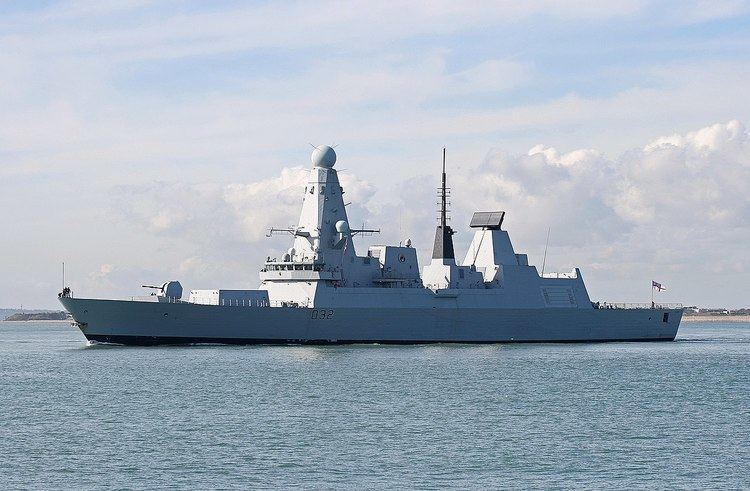 | ||
The Rolls-Royce WR-21 is an advanced marine gas turbine engine, designed with a view to powering the latest naval surface combatants of the partner nations, and currently fitted to the Type 45 destroyer of the Royal Navy.
Contents
History
Developed with government funding input from the UK, France and the United States, the WR-21 was designed and manufactured by an international consortium led by Northrop Grumman as prime contractor. The turbine itself was designed primarily by Rolls-Royce with significant marine engineering and test facility input from DCN, with Northrop Grumman responsible for the intercooler, the recuperator and system integration.
WR-21 development draws heavily on the technology of the successful Rolls-Royce RB211 and Trent families of gas turbines.
The original design and development of the WR-21 was carried out by Westinghouse Electric Corporation (later Northrop Grumman Marine Systems) under a U.S. Navy contract placed in December 1991. Later the Royal Navy and the French Navy became interested in the WR-21, leading to Rolls-Royce and DCN involvement.
The WR-21 is the propulsion system of Royal Navy Type 45 destroyers.
Characteristics
The WR-21 is the first aeroderivative gas turbine to incorporate Gas compressor intercooler and Exhaust heat recovery system (ICR) technologies that deliver low specific fuel consumption across the engine's operating range. It offers a reduction in fuel burn of 30% across the typical ship operating profile.
Applications
It is a candidate power plant for propulsion of cruise ships and other large commercial vessels, where fuel efficiency and its small size mean improved operational flexibility and significant lifetime cost reductions to operators.
Specifications
Operational issues
The Northrop Grumman intercooler as fitted in the WR-21, on Type 45 destroyers, were not designed to operate in water temperatures beyond 30c. Rolls-Royce said that the NG intercooler had been built as specified, but that conditions in the Middle East were not "in line with these specs". The House of Commons defence committee had in 2009 warned that "persistent overoptimism and underestimation of the technical challenges combined with inappropriate commercial arrangements" would lead to increased costs. The Northrop Grumman intercooler of the first Type 45 destroyer, HMS Daring, failed in the mid-Atlantic in 2010 and had to be repaired in Canada, with further repairs for intercooler failure in 2012 in Bahrain. The Type 45's pioneering Integrated Electric Propulsion (IEP) system uses two WR-21s and two Wartsila 2MW diesel generators to power everything on board, including weapons systems in addition to propulsion and other functions, leaving the ships vulnerable to "total electric failure". The Ministry of Defence said: "The Type 45 was designed for world-wide operations, from sub-Arctic to extreme tropical environments, and continues to operate effectively in the Gulf and the South Atlantic all year round."
The Rolls Royce turbines themselves are extremely well-designed, but the Northrop Grumman intercooler has a design flaw causing the turbines to fail occasionally.
IEP has many advantages in fuel efficiency and flexibility in engine position, and is supposed to reduce maintenance and manning requirement; the Type 45 is otherwise successful. However, the WR-21 engines will have to be supplemented by one or two additional diesel generators, fitted by cutting open the hull in dry dock.
Current First Sea Lord Admiral Philip Jones clarified that "WR-21 gas turbines were designed in extreme hot weather conditions to what we call “gracefully degrade” in their performance, until you get to the point where it goes beyond the temperature at which they would operate... we found that the resilience of the diesel generators and the WR-21 in the ship at the moment was not degrading gracefully; it was degrading catastrophically, so that is what we have had to address." The Admiral still argued that despite the problems, the Royal Navy has been able to deploy Type 45 destroyers in nine-month cycles to the Gulf region where temperatures are high with little fault. The Royal Navy has also been able to maintain at least two Type 45s at operational readiness.
